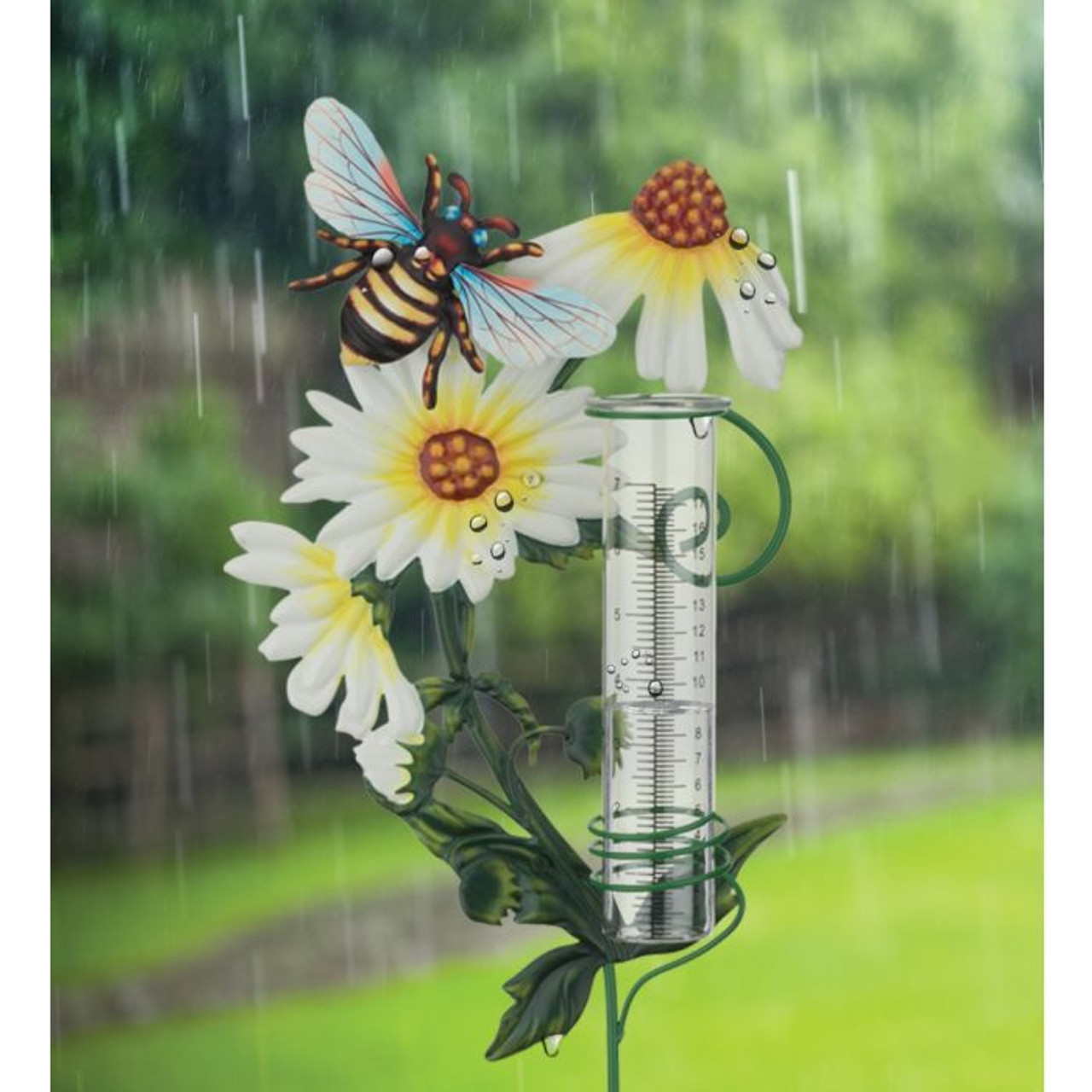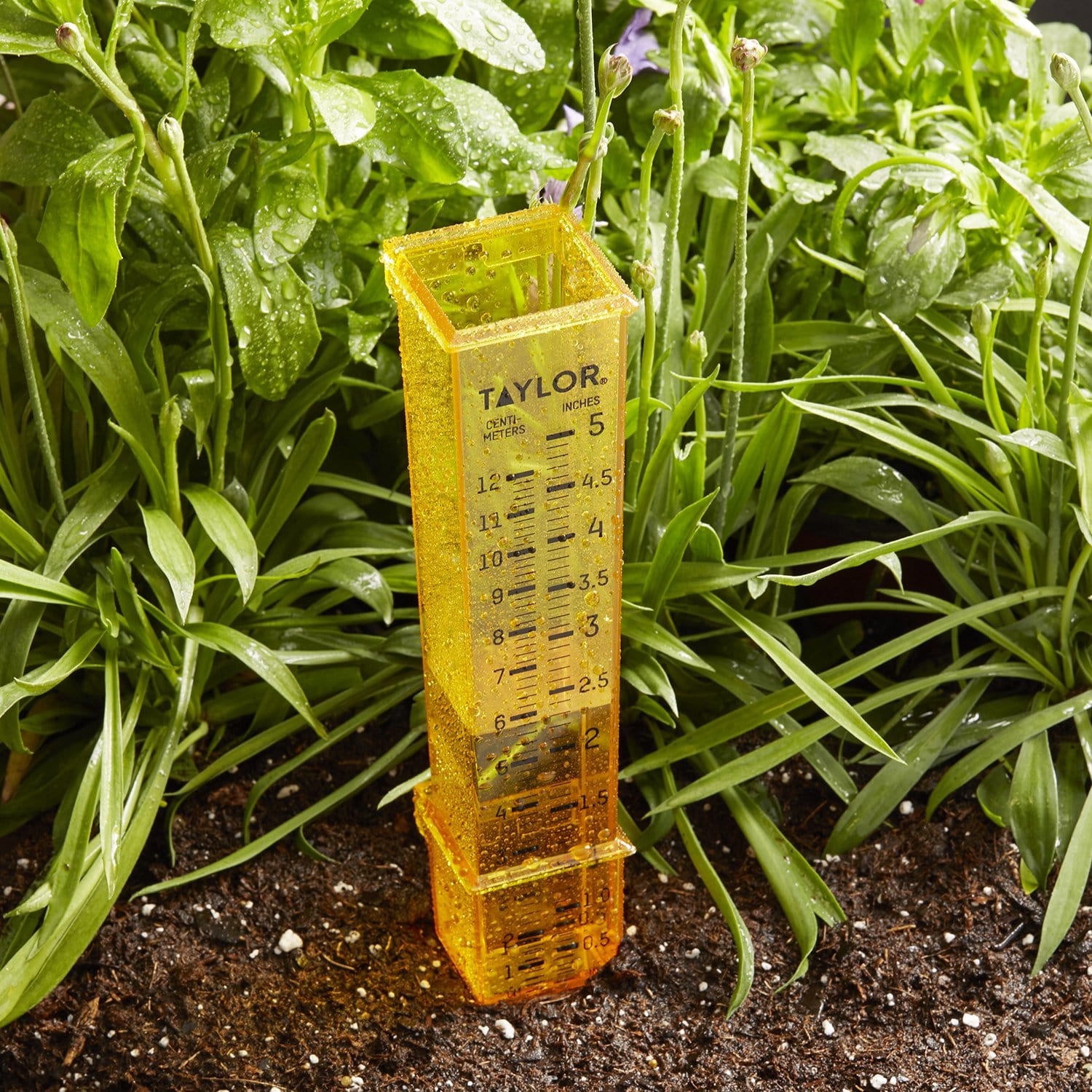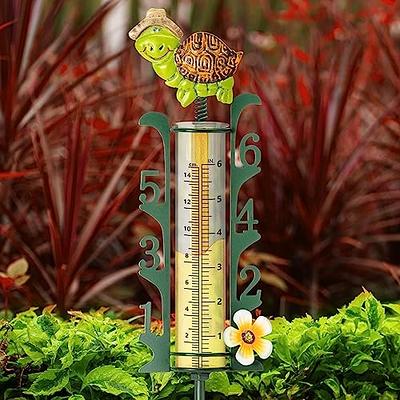Your Go-To Source on The Rain Gauge: Advantages and Practical Applications
Your Go-To Source on The Rain Gauge: Advantages and Practical Applications
Blog Article
Just How to Select the Right Rain Gauge for Accurate Rain Information
To get dependable measurements, it is vital to choose the right rainfall scale. Considering aspects such as area, type, and accuracy of the rain scale will aid guarantee specific information collection. In addition, comprehending the upkeep and calibration procedures will add to the durability and integrity of your rain gauge.
Significance of Choosing the Right Rain Scale
The significance of selecting the appropriate rainfall scale hinges on acquiring dependable and precise rainfall information for accurate atmospheric evaluation. Rainfall information is vital for a wide variety of applications, consisting of weather condition projecting, hydrological modeling, and climate study. Unreliable or imprecise data can cause wrong verdicts and flawed decision-making processes.

Second of all, the accuracy and accuracy of the rain scale are extremely important. The scale needs to be able to gauge rainfall with high precision, catching also little amounts of precipitation properly.
Moreover, the area and installment of the rain scale are crucial considerations. It must be placed in an open area, away from blockages that could impact rains dimensions. The scale should be positioned at an ideal height and angle to stay clear of spilling and make certain appropriate catchment of rainwater.
Aspects to Take Into Consideration When Choosing a Rain Gauge
When selecting a rain gauge, there are several crucial factors to take into consideration. There are different kinds offered, including standard rainfall gauges, tipping bucket rain determines, and considering rain gauges.
Another element to think about is the product of the rainfall scale. Rainfall determines can be made from numerous products, such as plastic, glass, or metal. The material selected must be long lasting and resistant to weather problems, making sure that the rainfall gauge will withstand the components and give accurate measurements with time.
Accuracy is also a critical variable to take into consideration. Try to find rainfall determines that have been adjusted and tested for accuracy. Features such as anti-splash rings and funnels can likewise improve the precision of the measurements.

Finally, think about the climate and atmosphere in which the rain gauge will be made use of. Different rain gauges are ideal for various climates, so it is necessary to pick one that is appropriate for the problems in your area.
Various Sorts Of Rainfall Evaluates Offered
To further check out the aspects to consider when selecting a rainfall scale, it is essential to understand the different sorts of rainfall gauges available. There are several kinds of rain evaluates, each with its very own advantages and disadvantages. The most typical kind is the typical rain gauge, also referred to as the round rainfall gauge. This kind consists of a straight-sided cylindrical container with a funnel-shaped top. It is easy to utilize and gives accurate measurements of rains.
Another kind of rainfall scale is the tipping pail rain gauge. As the rainfall drops right into the gauge, it loads up one side of the pail, triggering it to tip and empty the water.
A 3rd sort of rain scale is the evaluating rain scale. This scale uses an equilibrium system to measure the weight of the gathered rainfall. As the rain falls into the scale, it is gathered in a container attached to an equilibrium. The weight of the water is gauged, and the rains quantity is calculated based on the weight. Considering rainfall evaluates are highly exact however can be a lot more costly and need regular upkeep.
Lastly, there are likewise remote rainfall evaluates that usage progressed technology to determine rains (The Rain Gauge). These assesses use sensing units and transmitters to send information wirelessly to a central device. Remote rainfall evaluates are practical for keeping track of rains in hard-to-reach areas or for large data collection
How to Identify the Precision of a Rainfall Scale
One method to evaluate the accuracy of a rainfall scale is by conducting normal calibration measurements. Calibration entails comparing the readings of a rainfall scale to a standard measurement, such as a qualified rainfall gauge or a weather station with high precision. By contrasting the measurements, any disparities or errors in the rainfall scale can be determined and accounted for.
To perform a calibration dimension, beginning by gathering rainfall information from both the rainfall gauge click for info and the common measurement gadget over a certain amount of time, such as a month. Then, compare the readings and determine the difference in between them. This difference is called the calibration error.
It is very important to keep in mind that calibration measurements ought to be performed frequently, as environmental variables, such as wind, temperature, and particles, can influence the precision of the rain gauge gradually. By conducting regular calibrations, any type of modifications in the precision of the rainfall gauge can be identified and modifications can be made accordingly.
In addition to calibration, it is also advised to clean and keep the rainfall gauge on a regular basis to ensure its precision. Eliminate any particles or obstructions that might affect the precision of the dimensions, and look for any kind of indicators of damage or put on that might call for repair services or replacement.
Tips for Keeping and Calibrating Your Rainfall Scale
Routine upkeep and calibration are critical for making sure the accuracy and dependability of your rainfall gauge in determining rainfall data (The Rain Gauge). By following a couple of basic tips, you can make certain that your rainfall scale is correctly preserved and calibrated
First of all, it is necessary to clean your rain gauge routinely to avoid any particles or dust from obstructing the rain collection mechanism. Use a soft brush and a light detergent Discover More to delicately clean the inside and beyond the scale. Rinse it extensively with tidy water and enable it to completely dry totally before re-installing it.
Second of all, it is advised to calibrate your rain gauge at least when a year. Calibration entails contrasting the dimensions of your rainfall gauge with those of a relied on and precise recommendation scale. This will certainly help you determine and fix any type of prospective mistakes in your rainfall scale's dimensions.
To adjust your rain gauge, gather a recognized quantity of water utilizing a measuring container and compare it with the measurements tape-recorded by your rainfall scale. Readjust the readings as necessary to make certain precision.

Verdict
To conclude, choosing the right rain gauge is essential for obtaining precise rains information. When choosing a rainfall gauge, elements such as location, budget, and purpose need to be considered. There are various sorts of rain evaluates offered, each with their very own advantages and constraints. It is necessary to frequently maintain and calibrate your rain gauge to guarantee its accuracy. By adhering to these standards, precise rainfall data can be acquired for various applications.
There are various types available, consisting of standard rainfall determines, tipping bucket rainfall evaluates, and weighing rain gauges.To better discover the aspects to take into consideration when choosing a rainfall scale, it is essential to recognize the different kinds of rain gauges readily available. The most typical kind is the basic rain scale, additionally recognized as the cylindrical rainfall gauge.An additional type of rainfall useful link scale is the tipping container rain gauge. Calibration entails comparing the readings of a rainfall scale to a basic dimension, such as a licensed rainfall gauge or a climate station with high precision.
Report this page